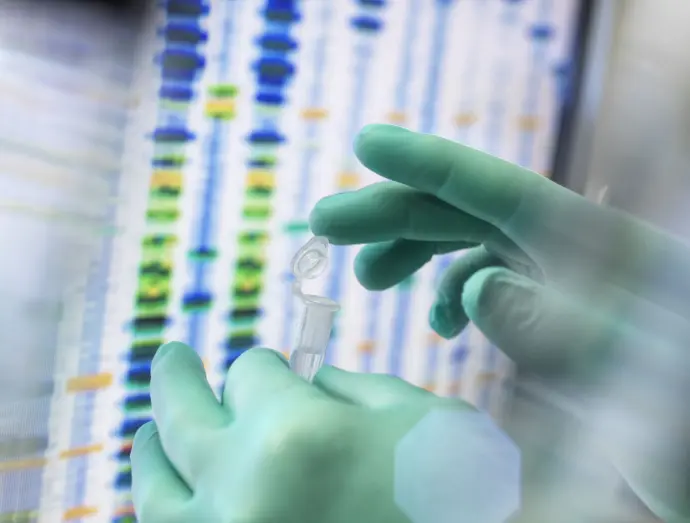In the post-genomic era, understanding how genes are expressed in real time is essential for deciphering biological processes and disease mechanisms. This is where transcriptomics plays a pivotal role. As the study of all RNA molecules within a cell or tissue—the +—transcriptomics provides a dynamic view of gene activity, reflecting how cells respond to their environment, develop, or malfunction in disease.
What Is Transcriptomics?
It provides an overview regarding the genetic content and the regulatory system in the cell. The wild-type cells, whether bacterial cell or cell line, possess the same genome content. Based on different applications and conditions, different genes are expressed, resulting in different patterns of gene expression in different organisms. There are cellular regulatory machineries through which the gene expression can be switched on and off. Great deal of work has been performed on the eukaryotes as it contains both introns and exons which through splicing provides better spectrum of the total transcriptome. Trancriptome study of prokaryotes is lagging due to the absence of the 30 -end poly(A) tail, which is considered to be a signature of mature mRNA in eukaryotes. Data related to the expression level of the genes in the given genome, genome profiling, comparative expression levels between different experimental data sets, and effect of different parameters on gene expression can be assessed by the help of transcriptomics tools .
RNA-Seq: A Powerful Tool for Exploring the Transcriptomes of Stem and Cancer Cells
RNA-seq is one of the advanced high-throughput technology for transcriptomics. RNA-seq, also known as whole-transcriptome shotgun sequencing, use NGS tools. The advantages of RNA-seq are that it does not rely on the availability of the genome sequence, has no upper quantification limits, shows high reproducibility, and possesses a large dynamic detection range. The stem cells and cancer cells transcriptomes are emerging field of interest which can provide an insight into the processes of cellular differentiation and carcinogens.

From IVF to Toxicology: Expanding Applications of Transcriptomics
Transcriptomics can be used in in vitro fertilisation for proper embryo selection. Similarly, in biomarker discovery, it can be used in assessing the safety of drugs or chemical risk.

Gene Expression Profiling in Response to Xenobiotics
Gene expression profiling has become a crucial approach in understanding how living organisms respond at the molecular level to xenobiotics—chemical substances foreign to the biological system, such as drugs, pollutants, or industrial chemicals. Upon exposure, xenobiotics can trigger a wide range of cellular responses, including the activation or repression of genes involved in detoxification, inflammation, oxidative stress, DNA repair, and apoptosis. By analyzing changes in gene expression patterns, researchers can identify biomarkers of exposure and effect, elucidate toxicity mechanisms, and predict potential adverse outcomes. Techniques such as microarray analysis, quantitative real-time PCR, and next-generation RNA sequencing (RNA-seq) allow for high-throughput and precise monitoring of transcriptomic alterations across tissues and time points. This molecular-level insight not only advances our understanding of toxicological pathways but also supports regulatory decision-making, drug safety evaluations, and the development of safer chemical alternatives.
